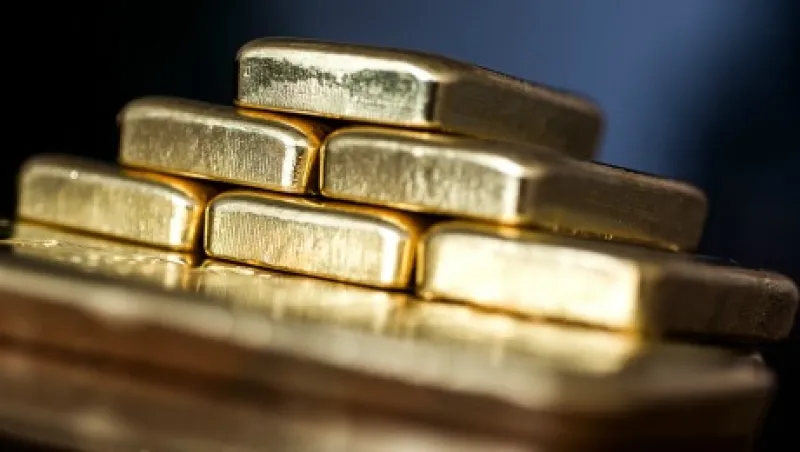After a four-year slide, gold has rebounded 19 percent amid economic weakness, financial market volatility and low interest rates around the world thus far in 2016. The precious metal has a good chance to rise further in the coming weeks, but the rally will not last long if economies and financial markets recover, analysts say.
“If there is more trouble in the global economy, gold could benefit,” says Michael Sheldon, chief investment officer at Northstar Wealth Partners in West Hartford, Connecticut. “But things could just as easily run in the opposite direction.”
After hitting a record high of $1,923 per ounce in September 2011, gold plummeted 45 percent, to $1,061, at the end of last year—December 31, to be precise. It has since risen to $1,266 on March 8.
The most obvious reason for the rebound has been “the fear factor,” says Bill O’Neill, co-founder of commodity consulting firm Logic Advisors in Upper Saddle River, New Jersey. “There is general uncertainty surrounding the globe — from China to Europe to the U.S. to wherever.” Gold often gains in times of worldwide woe, as investors seek a safe haven.
Much of the uncertainty stems from sluggish economic growth. China’s gross domestic product expanded 6.8 percent last year, the slowest in 25 years, according to official data. And many economists say the true figure is 3 to 5 percent. In the U.S., growth slowed to a mediocre 1 percent in the fourth quarter. The euro zone economy expanded by only 1.4 percent last year.
Then there is the turmoil in financial markets, which has included severe declines for stocks followed by mild rallies. The Standard & Poor’s 500 index plunged 11 percent from December 29 to January 20, recovered a bit, dropped again, and now has climbed 9 percent since February 11. The index traded at 1,991 on Tuesday, down 2.6 percent for the year to date. In China, the Shanghai Stock Exchange Composite index has lost 18 percent so far this year.
Economic stagnation and fragile financial markets have led central banks overseas to intensify their easing campaigns, pushing interest rates below zero in a number of countries. More than $7 trillion in sovereign bonds now carry negative rates, including 40 percent of the float in Europe, according to Sheldon. And many analysts expect the economic and financial environment to keep the Federal Reserve from raising interest rates again for months.
Depressed interest rates make gold more appealing relative to fixed-income investments, since gold doesn’t generate any income. “If you view gold as a currency, and you find another currency with a 1 percent to 4 percent return, gold has to go up that amount just to keep up,” says Charles de Vaulx, chief investment officer at International Value Advisers in New York. “But when currencies have negative yields, there is no opportunity cost for owning gold.”
Another supporting factor for gold has been the dollar’s stabilization over the past 12 months, after soaring for the previous eight. The Bloomberg Dollar index has slipped 1.5 percent so far this year. Investors often buy gold as protection against a weaker dollar.
“Gold is a very psychological commodity, and the psychology is now very positive,” O’Neill says. “It’s being viewed as an alternative asset.” He thinks the precious metal will reach $1,300, possibly within the next four to six months. Then investors will have to assess the global atmosphere again. “Things can change very rapidly,” O’Neill says. So it’s difficult to make long-term forecasts for gold.
Rob Haworth, a senior investment strategist at U.S. Bank Wealth Management in Seattle, doesn’t believe the rally will persist. “For the rest of the year, I think gold faces headwinds,” he says. Haworth expects the Fed to raise rates two to three times this year, starting in June, as it becomes clear that the U.S. economy is stronger than many analysts think. And U.S. economic strength should push the dollar higher too, he says.
John LaForge, co-head of real asset strategy at the Wells Fargo Investment Institute in Sarasota, Florida, believes gold’s ascent will soon “fizzle out and die.” He says commodities tend to trade in long cycles, with bullish periods lasting 16 years and bearish ones 20 years. LaForge believes we are five years into a down cycle and that gold will end the year around $1,050. One bearish signal is that the existing stock of gold per capita stands near a 67-year high, he says.







